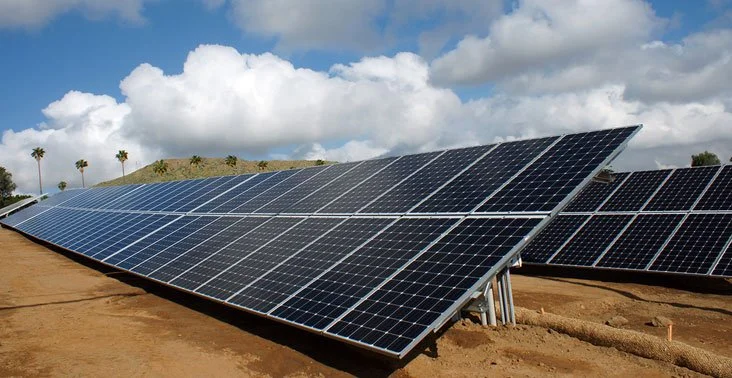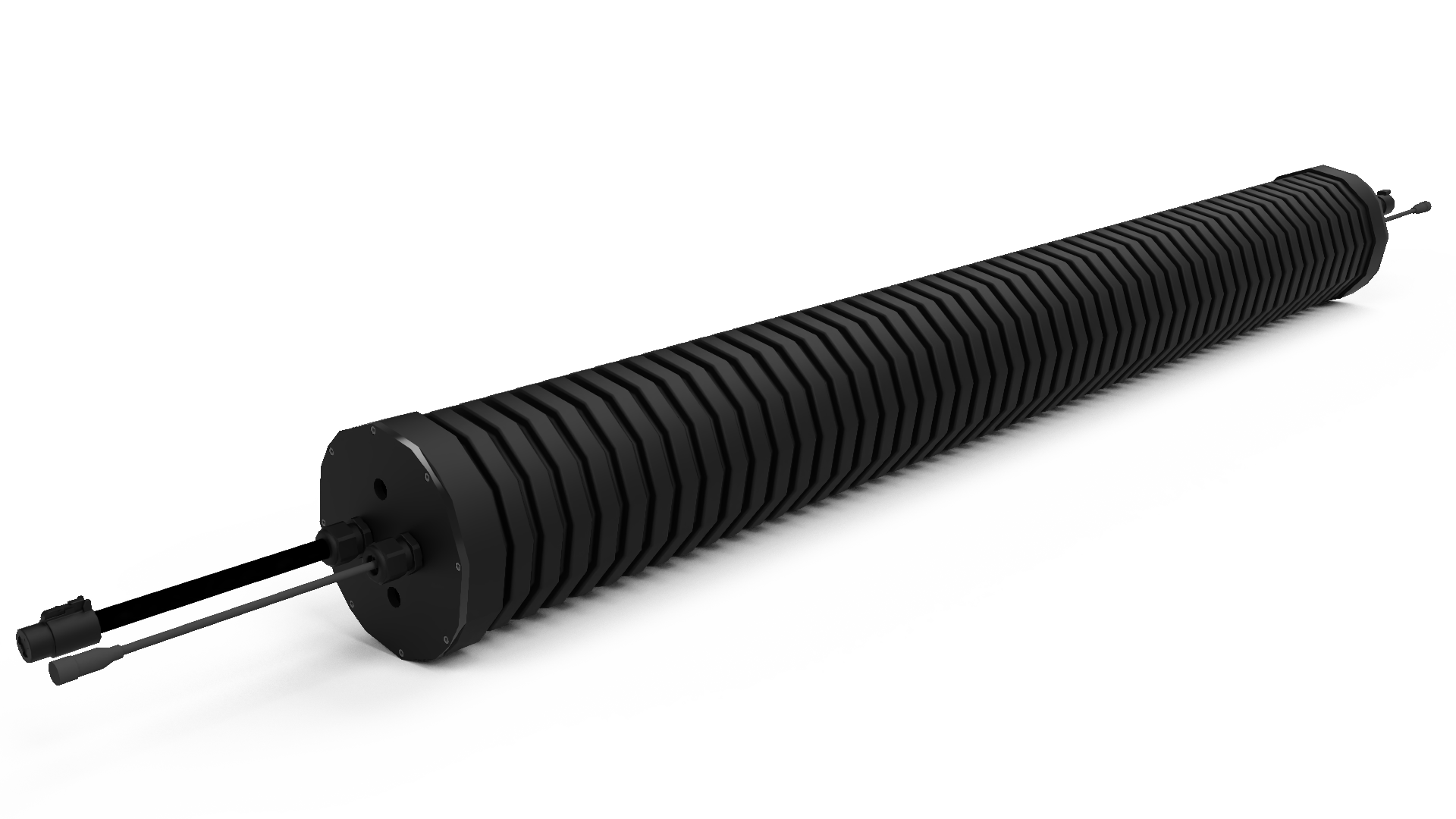The Role of Supercapacitors in Microgrids and Renewable Applications
As the world increasingly shifts toward renewable energy, the need for efficient and reliable energy storage solutions becomes more critical.
Distributed energy resources (DER) are a growing trend, such as rooftop and community solar installations. DER are leading the charge towards a more sustainable future. However, the intermittent nature of these energy sources poses significant challenges. This is especially true as DER grow in prominence, making up a larger portion of the energy on the grid compared to traditional fossil fuel sources such as coal.
Enter supercapacitors—an innovative technology that offers rapid energy storage and release capabilities, making them ideal for microgrids and renewable applications.
Understanding Distributed Energy Sources
Distributed energy resources (DER) are decentralized, modular, and more flexible than traditional, centralized power generation. These sources include solar photovoltaic (PV) systems, wind turbines, and other renewable technologies. DER can operate independently or in conjunction with the main power grid, forming microgrids—small-scale power grids that can disconnect from the traditional grid to operate autonomously. The efficiency and reliability of microgrids heavily depend on advanced energy storage systems.
The Role of Supercapacitors in Microgrids
Supercapacitors are energy storage devices that store and release energy rapidly. Unlike batteries, supercapacitors are designed to feature a very low resistance and high power density, ideal for high power, rapid response applications that are imperative to the stability of the grid and microgrids. This fundamental difference endows supercapacitors with several advantages:
1. Rapid Response in both Charge and Discharge Directions: Supercapacitors can be charged and discharged much faster than batteries, making them ideal for applications requiring quick bursts of energy and in applications where a burst of energy needs to be absorbed.
Supercapacitors are the perfect solution for grid reliability and resilience. Microgrids experience short and abrupt losses in power, disturbances, and must handle large inductive loads (common in transformers, industrial equipment, etc.) connected to the microgrid in order to startup (known in the industry as a blackstart).
2. Long Lifespan: Supercapacitors can endure hundreds of thousands of charge-discharge cycles without significant degradation, providing a more durable solution for high power energy storage applications. Lower replacement and maintenance costs can be attributed to the supercapacitor’s long cycle life.
Supercapacitors in Renewable Energy Applications
Renewable energy sources are inherently variable. Solar power fluctuates with weather conditions and daylight hours, while wind power depends on wind speed and patterns. Supercapacitors can bridge the gap between energy supply and demand, ensuring a steady power output. Their rapid response time helps manage power fluctuations and maintain grid stability. Additionally, supercapacitors can store excess energy generated during peak production periods and release it when the supply drops, enhancing the yield, efficiency, and reliability of renewable energy systems.
For example, if a cloud were to pass over a solar array that does not have energy storage, the site would likely be taken offline. This is because utilities require sources to provide a consistent supply of energy to ensure they can respond to demands. To strengthen the reliability of the solar array, a supercapacitor energy storage system could be added to help ride through the few minutes of cloud cover and allow the utility to fully utilize its renewable sources.
The PowerLink Solution
Capacitech Energy is providing innovative solutions designed to meet the demands of microgrids and enable full utilization renewable energy sources. Our PowerLink products feature:
1. Versatility: The PowerLink is a physically flexible energy storage system, allowing it to be installed in places traditional energy storage cannot go. The PowerLink can be seamlessly integrated into various systems, providing a space-conscious way to improve performance and reduce costs associated with downtime.
2. Scalability: The PowerLink can be connected in series to increase voltage, or in parallel to increase the peak power capacity. This makes it easy to scale the product to meet diverse power requirements, making it suitable for both small-scale microgrids and larger renewable energy projects.
3. Efficiency: PowerLink utilizes supercapacitor technologies, meaning it offers high power density and rapid charge-discharge capabilities, crucial for balancing the intermittent nature of renewable energy sources. The PowerLink’s high efficiency is inherent from the low resistance of supercapacitors.
4. Durability: With a long operational lifespan, PowerLink ensures a sustainable and cost-effective energy storage solution with little to no replacements and maintenance required.
Capacitech Energy's solutions not only enhance the performance and reliability of microgrids but also contribute to the broader adoption of renewable energy by addressing the storage and space challenges associated with it.
The transition to renewable energy is essential for a sustainable future, but it comes with its own set of challenges, particularly in energy storage and grid stability. Supercapacitors offer a promising solution, providing rapid and reliable energy storage for intermittent sources and variable loads. Our PowerLink products enable seamless integration into existing infrastructures and allow for an efficient utilization of available space. Contact us to learn more about how we can help in your distributed energy resource application!







